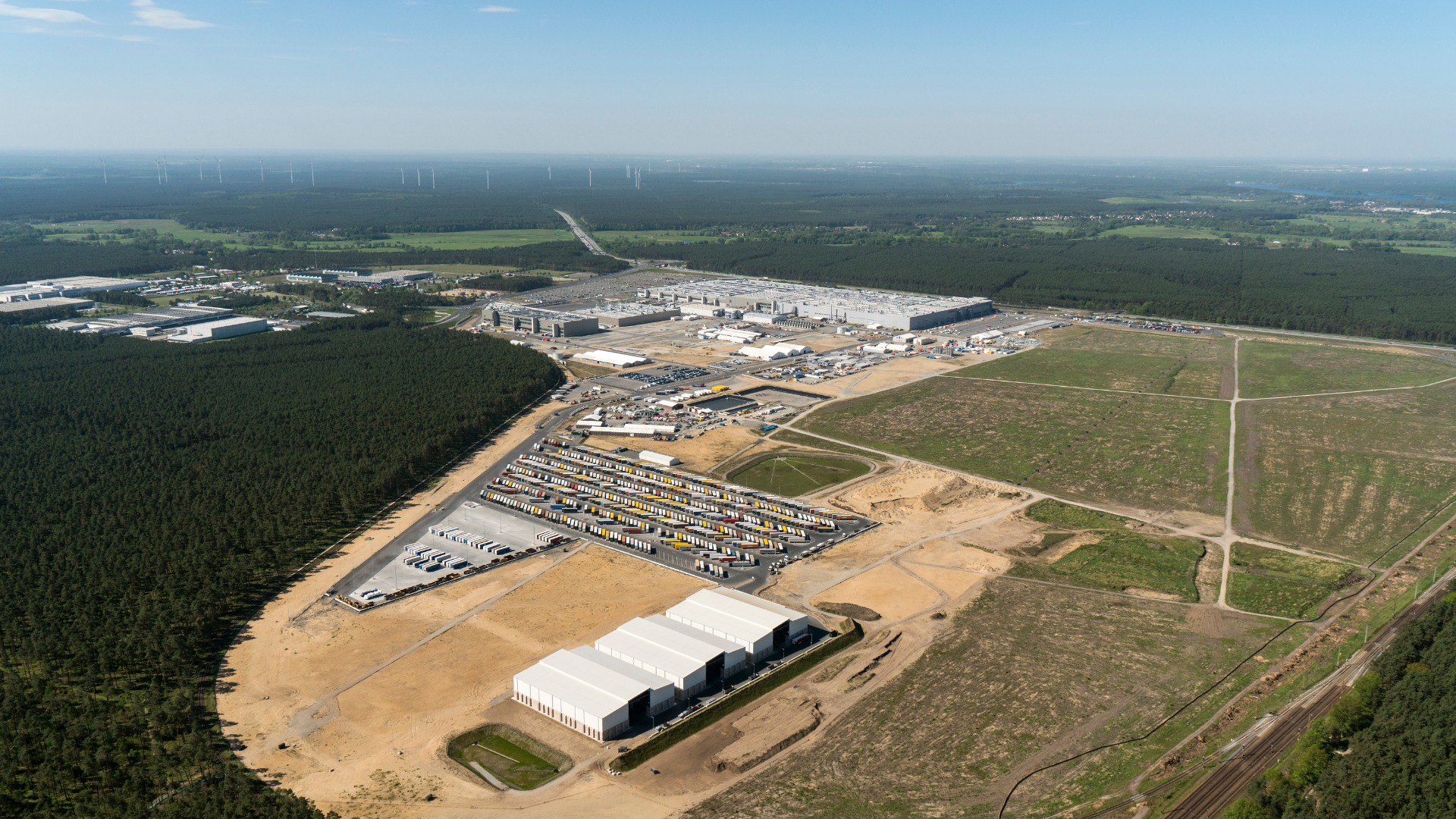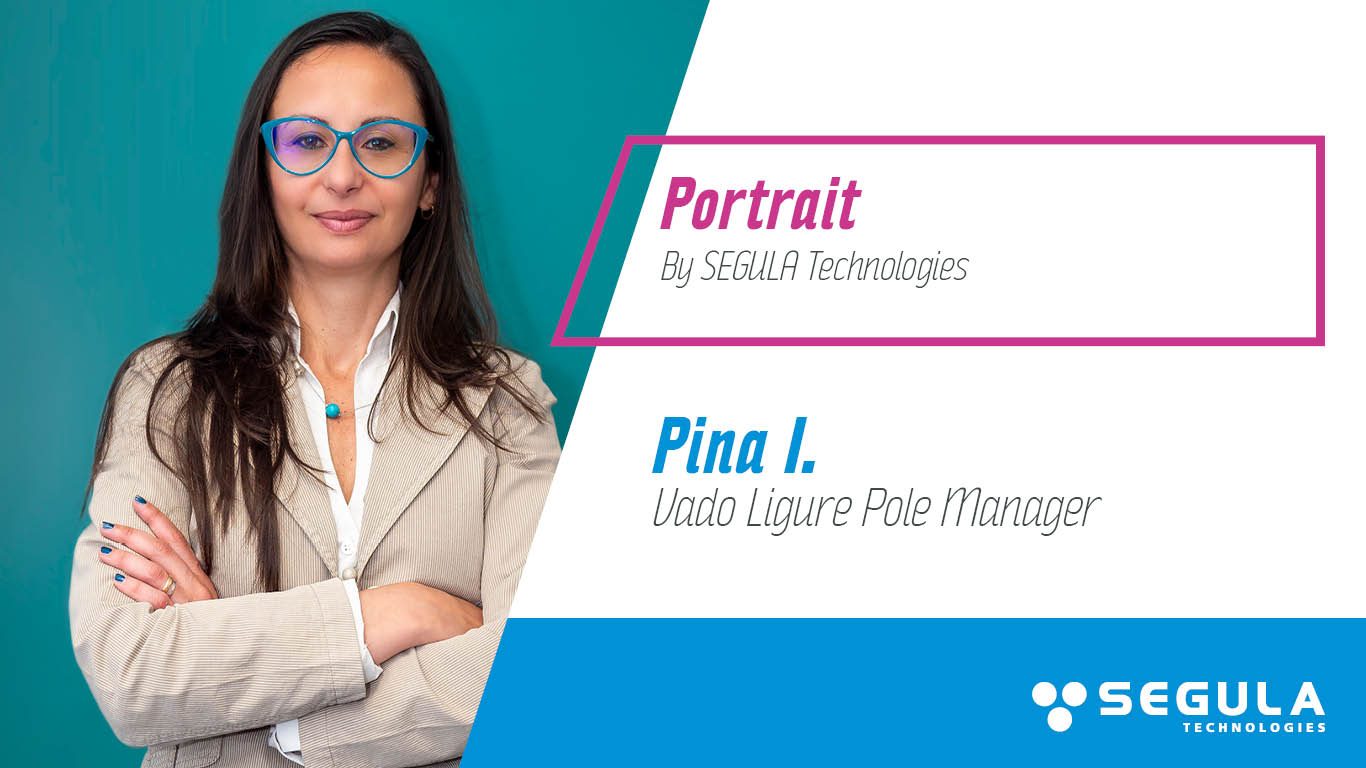Roberto Vieira, General Director of automotive activities in France, has a clear ambition for European electric vehicle battery production: to develop a robust and competitive production capacity in Europe. Our goal is to: build R&D centres for battery product definition, establish our own manufacturing units in Europe, scale up, and close the gap in this future-oriented field.
It is up to European manufacturers to quickly bring high-performance batteries to market in terms of range, availability, and
power, to compete effectively. Let us remember that the government forecasts that two-thirds of new cars sold in 2030 will be electric, with this figure reaching 100% by 2035.
While the current share of electric light vehicles is about 2%, it must, according to the targets set by our policymakers, reach 42% in eleven years. Market prospects are enormous. In the current context of energy transition and technological revolution, the creation of battery manufacturing facilities on European soil represents a major opportunity for the continental automotive industry.
An environmental and economic challenge
On the ground, SEGULA Technologies positions it self as a strategic partner to advise major players in the sector on the execution of these ambitious projects. It supports, among others, the ACC consortium, which includes Stellantis and Mercedes, AESC France in Douai, whose batteries will equip the new Renault R5, and the partnership between Verkor and Renault in France for the future battery production plant in Dunkirk.
Behind this objective lies a dual challenge. Firstly, an environmental one, as locating production in Europe inherently reduces the carbon footprint of the final product. Additionally, it secures supply and reduces dependence on imports while eliminating the environmental cost of transportation. “We must not forget that France has a significant advantage with its very low-emission energy, through its nuclear fleet and renewable energy sources,” emphasises Roberto Vieira.
Secondly, a cost issue. “The battery currently accounts for between 30% and 40% of the price of an electric vehicle.” Reducing the cost of battery production by relocating it will inevitably impact the final price for the consumer.
Furthermore, these factories are hubs of innovation where cutting-edge technologies are developed to improve battery efficiency, durability, and capacity. In other words, the construction and operation of battery factories are expected to generate numerous jobs and contribute to local and national economic growth.
Technological challenges to overcome
That’s the theory. Now, let’s turn to practice. Europe’s delay in this field is due to the fact that battery plants are complex facilities with significant technological challenges. “Battery production is unique,” warns Roberto Vieira. “It involves a product with complex specifications, combining flexible components with more rigid ones.” Its manufacturing is divided into stages and requires expertise in electrochemistry, mechanics, and more. Training highly skilled teams to handle advanced materials is crucial. “All of this requires technicians and engineers—each an expert in their field—and top management to coordinate all the sectors, to achieve a high-performance product,” adds the expert, who notes that the gap with the Asian market will gradually close. “Our first clients include R&D centers in the field of product development, pilot units resembling mini battery manufacturing entities to iterate, learn, and fine-tune these machines to reach optimal performance and safety levels. Once these processes are mastered, they will need to be scaled up with the help of gigafactories,” emphasizes Roberto Vieira.
In the meantime, SEGULA Technologies’ support for battery factory projects covers various areas: feasibility studies, strategic planning, construction supervision, coordination, commissioning, and innovation integration. This multidisciplinary expertise has built SEGULA’s reputation for excellence in the automotive world and is now available for European battery ecosystem players to tackle their current and future challenges.







 FOR A BETTER EXPERIENCE
FOR A BETTER EXPERIENCE